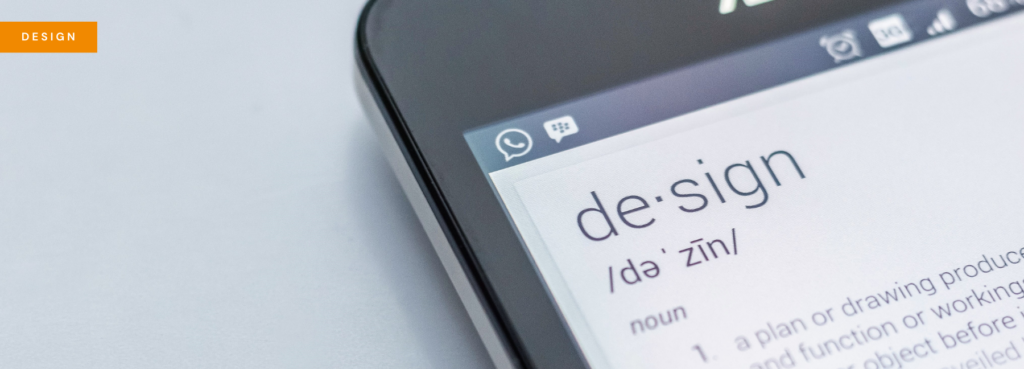Judge a book by its cover … and its typesetting

Of course the cover is important – you don’t need me to tell you that, but I think the internal pages of a book are just as important. In this blog I’m going to advise about the internal design of books. There are plenty of designers, far better than me, who can advise on good cover design.
I have often picked up a book, generally a work of fiction, because I was drawn to its beautifully creative and well-designed cover, only to find myself slightly disappointed. On flicking through the pages and seeing the lack of effort with the internal design and typesetting, I can sometimes feel cheated.
It’s obvious to me when a book’s layout has been rushed through the production process, or is an afterthought, thrown together once the cover has finally been agreed upon – it shows. Don’t make the mistake of spending ages on the cover and then feeling that the book itself needs to be hurried to make up for lost time. Don’t go headlong into the layout of a publication either, without first spending time and effort really getting to know the book. It’s important to read it if you can – I know time and budget doesn’t always allow for this (Note to publishers: you need to pay and allow time for your designer to do this!)
Start with the obvious things first: spend time experimenting with different fonts and different sizes – print out your experiments and look at them – really look at them. Visually, you are aiming for consistent blocks of black/grey. Think about how many words, comfortably, fit on your page (this is essential for working out page extent). Make wise font choices – decide upon what body font is more relevant to the narrative and ensure you know exactly who the book is aimed at by speaking to the author or publisher. The body copy of your book needs to be totally accessible – i.e. easy to read. Don’t over- and under-track; make sure your leading is right for the font size.
Design all the page furniture and text styles you think you will need. From these initial designs, create your style sheets. It’s imperative to design good, solid style sheets as it will cut down on potential inconsistencies and make processes quicker once you begin setting the book.
Only then, start flowing main content in, whilst applying the new styles.
When producing your next publication you may even be able to use the same, (or similar) style sheets, and so you will already have done half the work. Subsequently, jobs will become quicker so you can concentrate on improving or fine-tuning your designs.
As you go, you need to consider a number of things: think about line endings and line beginnings – it’s tiring for your reader if these are badly set. Read some of it – is it easy to follow? Have you got a lot of single words at the end of lines? Try and eliminate the need for the reader to break at unnatural places within the text.
No rivers. No rivers! No widows or orphans (not always achievable, but with a bit of clever thought and skulduggery you can get rid of most of them). Pay careful attention to lines split across spreads and pages; try and avoid leaving a sentence fragment overleaf.
Add a bit of interest to chapter title pages or section breaks – just because your internal pages are black and white, it doesn’t mean they can’t be interesting – play, experiment and create. When possible, I like to use elements from the cover design, or visual references from the narrative, to add interest and natural breaks within the book.
Oh, just one more thing: in my experience bad design will always be commented upon. Generally, good design will not be. If you experience the latter, you’ve probably done a good job.
Nathan is an award-winning freelance graphic and book designer with 24 years’ industry experience. He studied at Sheffield Hallam University then graduated from Junior Designer to Studio Manager to Senior Designer; and then from Head of Design to Creative Director in design agency, publishing and reprographic roles.





